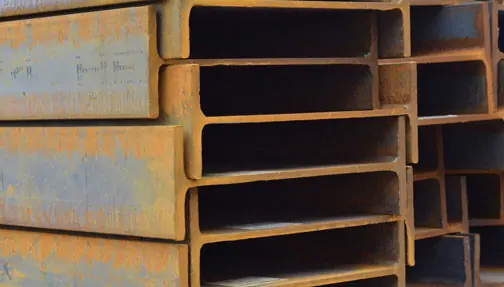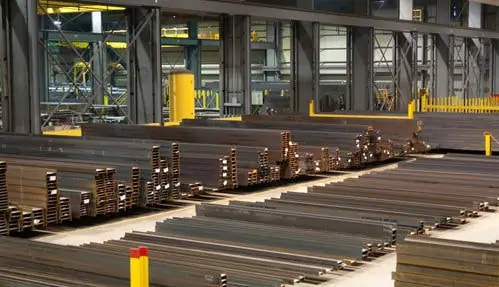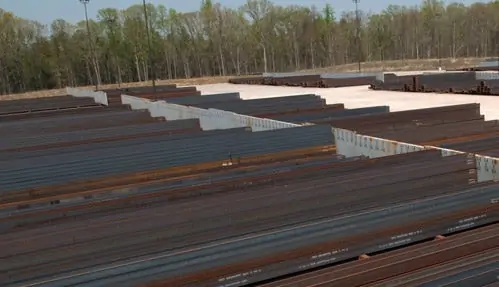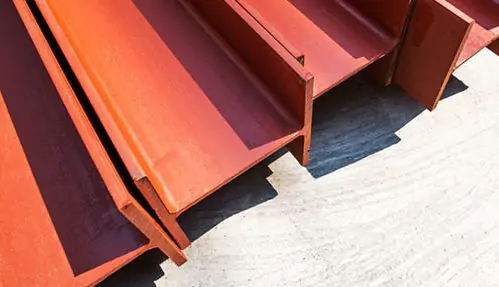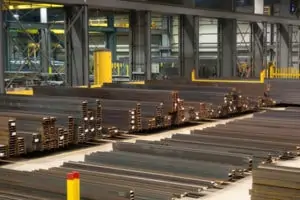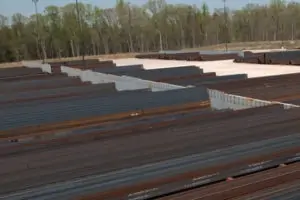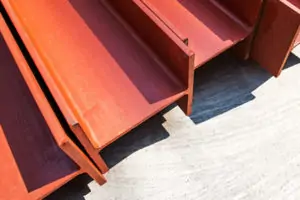Wide Flange beams have flanges that are nearly perpendicular to the web of the material, unlike the traditional I-Beam. Wide Flange can be found in many structural applications such as bridges and buildings. Delta Steel offers many different sizes, lengths, and specifications for Wide Flange Beams.
Specifications
ASTM A36
Standard specification for carbon structural steel. This specification covers shapes of structural quality for use in riveted, bolted, or welded construction of bridges and buildings, and for general structural purposes. Learn More+
ASTM A709
Standard specification for carbon and high-strength low-alloy shapes. This specification covers shapes, and bars intended for use in bridges. Seven grades are available in four yield strengths. Learn More+
ASTM A572
Standard specification for high-strength low-alloy structural steel. This specification covers five grades of high-strength low-alloy shapes intended for riveted, bolted, or welded construction of bridges, or for other construction applications. Learn More+
ASTM A992
Standard specification for steel for structural shapes for use in building framing. This specification covers rolled shapes for use in building framing or bridges, or for general structural purposes. Learn More+
ASTM A588
Standard specification for high-strength low-alloy structural steel. This specification covers shapes for welded, riveted, or bolted construction but intended primarily for use in welded bridges and buildings where savings in weight or added durability is important. The atmospheric corrosion resistance of this steel in most environments is substantially better than that of carbon steels with or without copper addition. Learn More+


